Legislative Support for Special Education
Legislative frameworks play a crucial role in shaping the Special Education Software Market. Governments worldwide are increasingly enacting policies that mandate the provision of appropriate educational resources for students with disabilities. Such regulations often require schools to adopt specialized software that facilitates compliance with educational standards. The Individuals with Disabilities Education Act (IDEA) in the United States, for instance, emphasizes the necessity of providing suitable educational tools. This legal backing not only drives the adoption of special education software but also encourages innovation within the industry, as developers seek to create solutions that align with regulatory requirements.
Increased Awareness of Special Needs Education
The Special Education Software Market is witnessing a surge in awareness regarding the importance of special needs education. As society becomes more informed about the challenges faced by students with disabilities, there is a growing demand for effective educational tools that cater to these needs. This heightened awareness is reflected in the increasing investment by educational institutions in software solutions designed for special education. Market analysis indicates that this trend is likely to continue, as stakeholders recognize the value of equipping educators with the necessary resources to support diverse learners. Consequently, the industry is poised for growth as it adapts to these evolving educational priorities.
Technological Advancements in Educational Tools
Technological advancements are significantly influencing the Special Education Software Market. Innovations such as artificial intelligence, machine learning, and data analytics are being integrated into educational software, enhancing its effectiveness and usability. These technologies enable the development of tools that can assess student performance in real-time, providing educators with valuable insights to tailor instruction accordingly. The integration of such advanced features is likely to attract more educational institutions to invest in special education software, as they seek to leverage technology to improve learning outcomes for students with disabilities. This trend suggests a promising future for the industry as it embraces cutting-edge solutions.
Growing Emphasis on Teacher Training and Support
The Special Education Software Market is increasingly focusing on the need for comprehensive teacher training and support. As educators play a pivotal role in the successful implementation of special education software, there is a growing recognition of the importance of equipping them with the necessary skills and knowledge. Professional development programs that emphasize the effective use of technology in special education are becoming more prevalent. This emphasis not only enhances the efficacy of software solutions but also fosters a more inclusive learning environment. As educational institutions prioritize teacher training, the demand for specialized software that supports these initiatives is expected to rise, further driving market growth.
Rising Demand for Personalized Learning Solutions
The Special Education Software Market experiences a notable increase in demand for personalized learning solutions. This trend is driven by the recognition that students with special needs require tailored educational experiences to thrive. As educational institutions strive to meet diverse learning requirements, software solutions that offer customization and adaptability are becoming essential. According to recent data, the market for personalized learning tools is projected to grow significantly, indicating a shift towards individualized education plans. This evolution not only enhances student engagement but also improves learning outcomes, thereby reinforcing the importance of specialized software in educational settings.


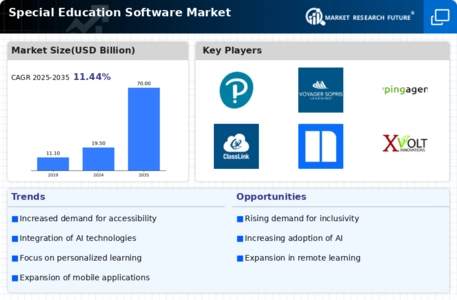
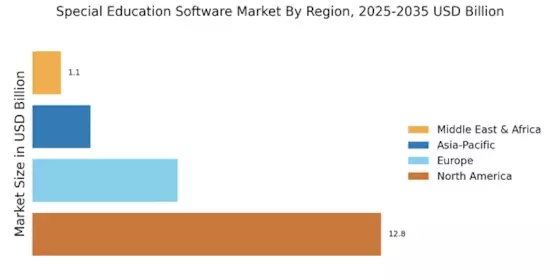
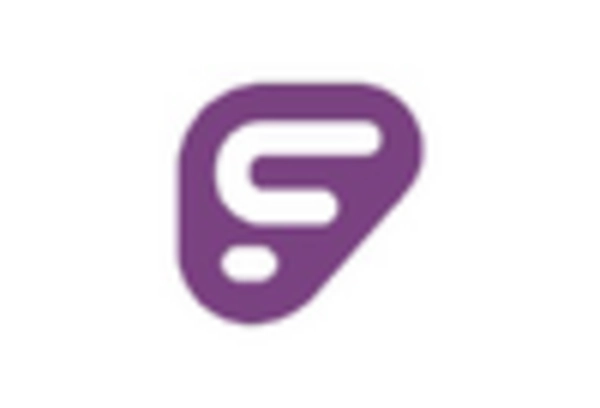
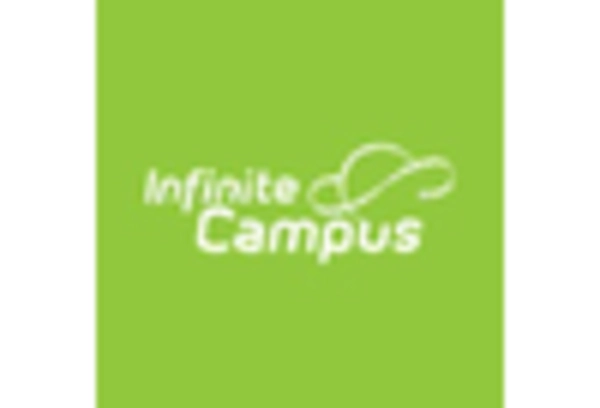
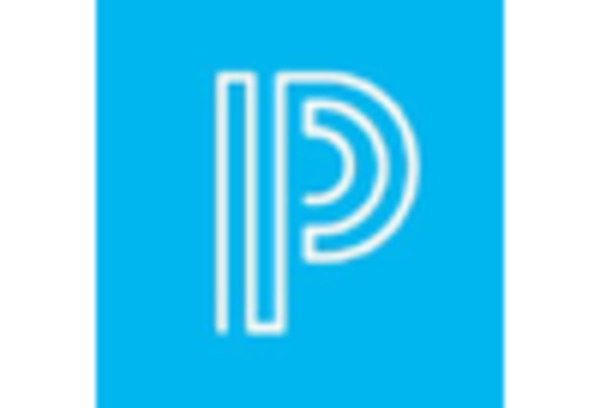
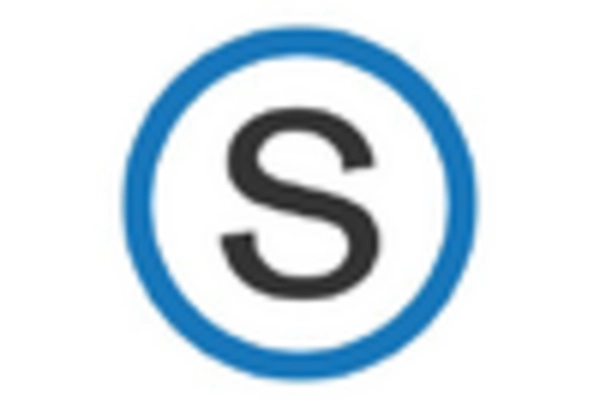

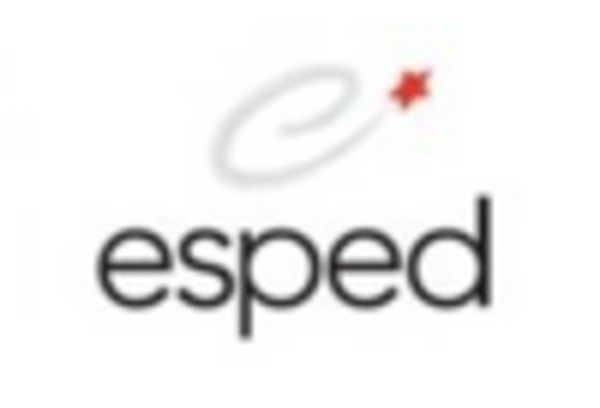








Leave a Comment